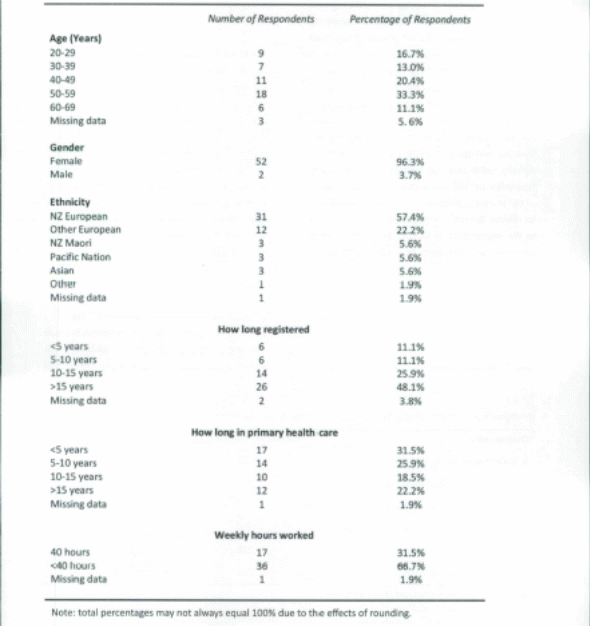Introduction
An article critique is a reader’s response to the article by evaluating its layout and conformity to a research article. An article critique gives a reader/critic the chance to explore his or her thought processes, and research and analysis skills, so that he or she can engage with the scholarly article. The critique process enables a reviewer to give input to existing knowledge while helping academicians gain important research skills. This paper is a critique of an article aimed at evaluating influential factors to the integration of EBP in clinical practice.
Synopsis
Purpose
The study aimed at establishing the use of evidence, in clinical practice, by practicing nurses in the primary health care setting. This was achieved by examining the nurses’ perceptions, attitudes, and knowledge/ skills associated with evidence-based practice (EBP). The study questions were a replication of Koehn’s and Lehman’s study questions (cited in Prior, Wilkinson & Neville, 2010, p. 17):
- What are the practice nurses’ perceptions of their EBP?
- What are the practice nurses’ attitudes toward EBP?
- What are practice nurses’ perceptions of their knowledge/skills associated with EBP?
- What is the effect of educational preparation on practice, attitudes, and knowledge/ skills associated with EBP?
Study Population
Purposive sampling was used to draw participants from a target population of 110 general practicing nurses in West Auckland. Purposive sampling is subjective because it is based on the decision of the researcher (Oliver, 2006). There were no predefined inclusion and inclusion criteria, but this can be attributed to the biased purposive sampling method. Therefore, any individual included in the study had characteristics that were in line with the decision of the researcher. The sample predominantly consisted of females, and the table below is a summary of the study population’s demographic characteristics.

The response rate was 50%, but one questionnaire was incomplete; hence, only 54 questionnaires were included for analysis.
Data Collection Method
The study adopted a quantitative descriptive study design, and a data collection tool based on the Clinical Effectiveness and Evidence Based Practice Questionnaire (EBPQ). Despite the fact that the questionnaire consisted of 24 items, these were grouped into three sub-scales focusing on practice, knowledge and attitudes. Questionnaires were mailed to the participants; hence, timing in relation to availability of the nurses was not taken into account.
Intervention
The study did not test an intervention, but it aimed at determining influential factors on an outcome: implementation of EBP. In addition, a non-probability method was used to recruit participants.
Main Findings
The main findings indicated that practice, knowledge, and attitudes had an influence on implementation of EBP in clinical practice. However, the findings did not answer all the research questions. For example, there was no indication of skills, and the specific skills that influenced the integration of EBP.
Credibility
Peer-reviewed Journal
Nursing Praxis in New Zealand is a peer-reviewed journal, according to Nursing Praxis (2012). I also determined this fact by checking and evaluating the physical presentation of the article. The article includes an editorial note, and the layout of the article is commensurate with that of other peer-reviewed articles.
Appropriateness of Research Design
The method used to collect data was not ideal; a qualitative approach would have been more desirable. The qualitative research design aims at observing the world from a naturalistic point of view. The qualitative research design helps to understand the meanings and perceptions individuals attach to certain phenomena (Ciceu, 2014).
Answering the Research Questions
After analysis, the data did not answer the research questions with accuracy; hence, internal validity was not achieved. I would have expected the findings to indicate the specific nurses’ perceptions, educational factors, and attitudes, and how these relate to knowledge, skills, and implementation of evidence in clinical practice. The study indicated that educational factors, perceptions, and attitudes influenced the implementation of EBP, but specific factors were not discussed.
Sampling bias
Yes. Purposive sampling is skewed to the opinion of the researcher; thus, the sample selected was biased towards the needs of the researcher.
Validity and Reliability of Study Instruments
The practice and knowledge sub-scales were valid and reliable based on the Cronbach alpha coefficients of 0.908 and 0.953, respectively, but the attitude sub-scale had a low validity and reliability score of 0.694.
Extraneous Variables
No extraneous variable or bias was controlled in this study.
Bias in Study Design
Yes. The manner in which data were obtained from the respondents was through mailing the questionnaires. This had a great influence on the validity and credibility of the findings because the participants might have asked someone to fill in the questionnaires their behalf. Alternatively, the respondents might not have accorded the seriousness required for the exercise when filling in the questionnaires.
Consistency with Previous Findings
In as far as the correlation between education, perceptions, and attitude with implementation of EBP was concerned, the current study was consistent with previous findings.
Credibility of Findings
The credibility of each main finding is not assured because of evident gaps in the research design, including poor sample size selection, poor data collection methods, small sample size, and existence of extraneous variables.
Conclusion
I agree with the fact that perceptions, education, and attitudes influence the implementation of EBP in clinical nursing practice, but this fact has not been supported well by the research study. The study is too vague, for example, perceptions have not been addressed. In addition, knowledge and skills presented in this study are inadequate and not befitting the sub-classifications, for example, attitude.
References
Ciceu, R. C. (2014). When is qualitative research most suitable for a research design? Outline and discuss the main principles of qualitative research in your answer. Web.
Nursing Praxis. (2012). Nursing Praxis in New Zealand: Journal of Professional Nursing. Web.
Oliver, P. (2006). Purposive Sampling. The SAGE Dictionary of Social Research Methods.
Prior, P., Wilkinson, J., & Neville, S. (2010). Practice Nurse Use of Evidence in Clinical Practice: A Descriptive Survey. Nursing Praxis in New Zealand, 26 (2), 14-25.
